

Max Davies
2026 GWM Cannon Ultra review
5 Days Ago
The new Yaris SX Hybrid has a lot going for it, with vastly improved design, dynamics, safety, and fuel efficiency – but the price might shock you.
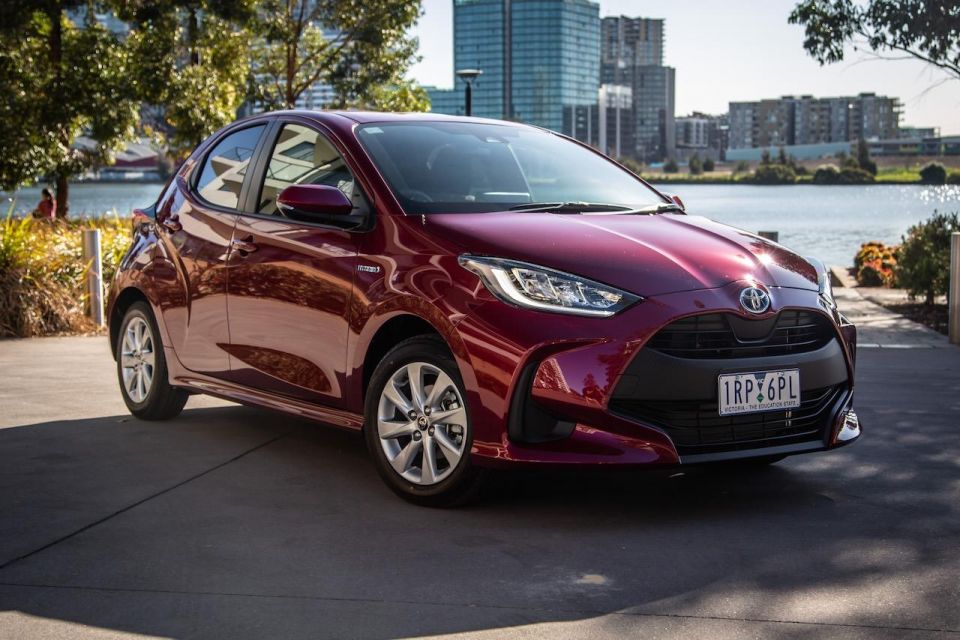
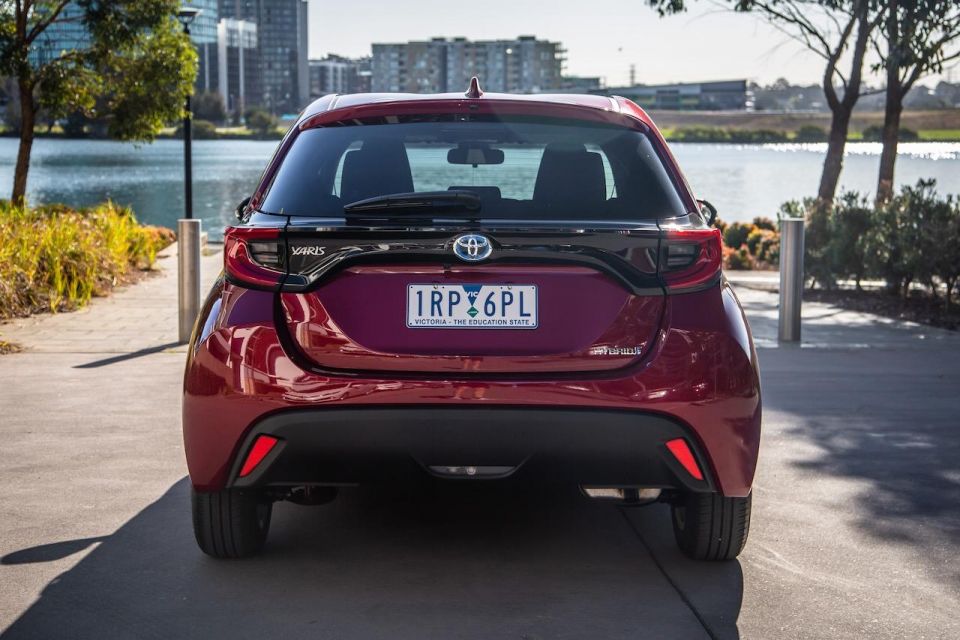

Senior Road Tester
New from
$15,390
excl. on-roads

Senior Road Tester
New from
$15,390
excl. on-roads


Senior Road Tester
New from
$15,390
excl. on-roads

Senior Road Tester
New from
$15,390
excl. on-roads
Quickly see how this car stacks up against its competition. Select any benchmark to see more details.
Where expert car reviews meet expert car buying – CarExpert gives you trusted advice, personalised service and real savings on your next new car.
To say Toyota has thrown everything but the kitchen sink at its fourth-generation Yaris is no exaggeration. The instant you get behind the wheel you’re aware this is another example of how this carmaker is shedding its white goods image, and adding a satisfying dollop of buzz to its cars.
No longer is it fair to view Toyota as a carmaker solely responsible for producing boring, dependable means of transport – a market position it proudly held for so many decades, and one that has effectively elevated it to the global giant it is today.
But with sky-high sales across the globe, a long-held reputation for bulletproof reliability, and a boss who likes to drive race cars, things are rapidly changing.
Akio Toyoda is not only President and CEO of the Toyota Motor Company, he’s a racer and a genuine car enthusiast. As far back as 2013 he was proclaiming his wish to build more exciting cars.

Toyota designs have started to trump the competition in several categories, much to the surprise of buyers and industry alike. I don’t think anyone expected such a speedy and all-encompassing transition to driving pleasure.
Much of this new-found direction and promise of improved drivability comes down to Toyota’s global architecture, TNGA, which sees the latest Yaris following in the footsteps of the latest RAV4, Camry, and Corolla.
The highlights for the new Yaris are many, but drill down into the engineering side of things and the key takeaways are its reduced centre of gravity and more rigid body, designed to improve the balance, body control and general ride comfort.
In fact, the entire car represents a marked improvement over the previous iteration, because everywhere you look around this car has seen substantial engineering and design improvements from styling to powertrains, and from electronics to space packaging.
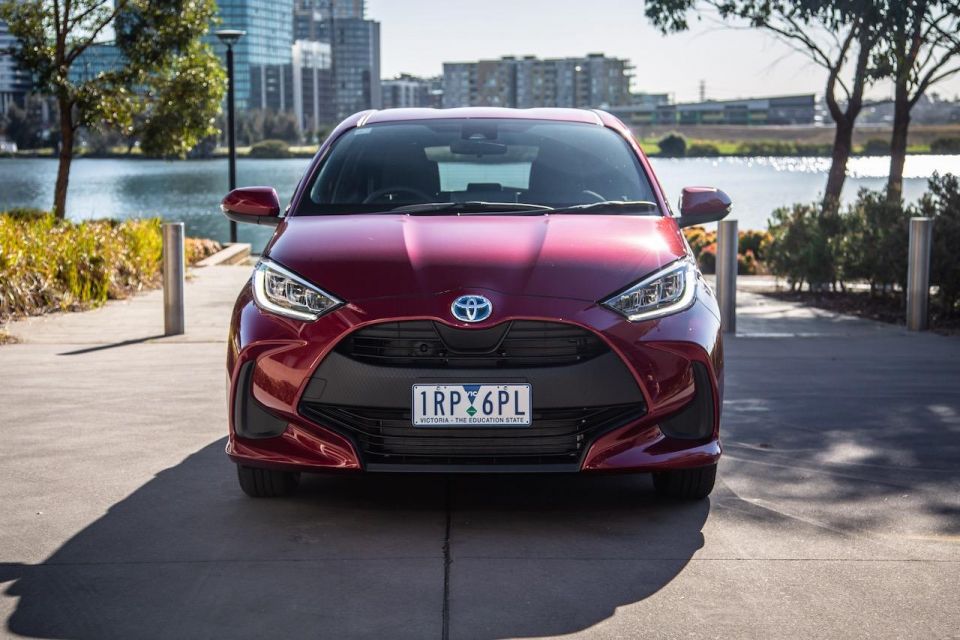
Features such as front-row centre airbags, sensors that can detect vehicles or pedestrians when making turns at intersections, as well as a secondary collision brake function and active cruise control are a first for the light car segment in Australia, let alone the Yaris.
Moreover, not only are these features new to Yaris, but some are a first for Toyota in Australia – only to be rolled out more widely as models are refreshed or replaced.
That’s the thing with the new Yaris, it’s nothing like what I was expecting based on successive generations I’ve driven, all of which were utterly forgettable and not the slightest bit engaging.
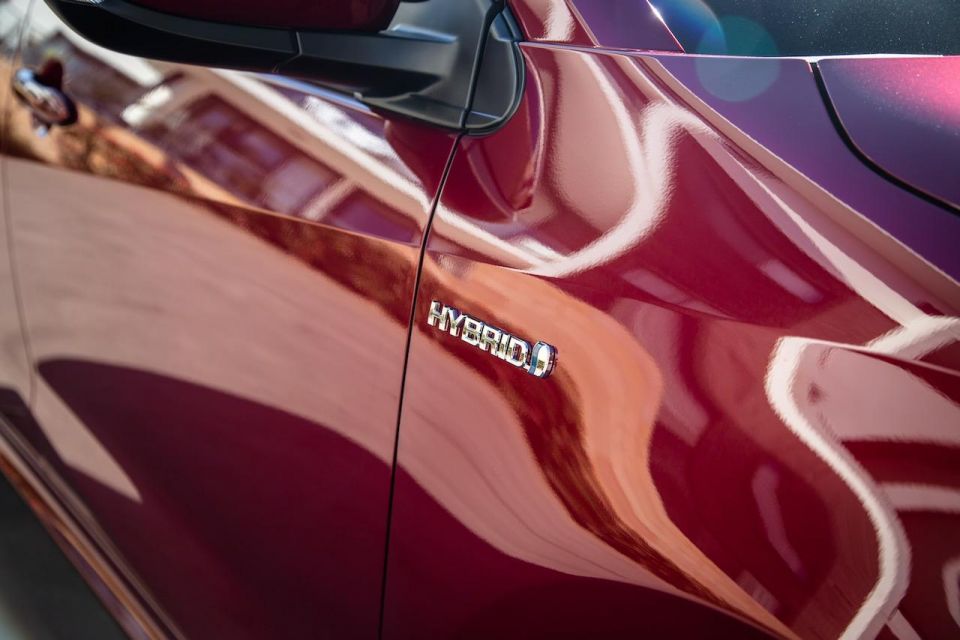
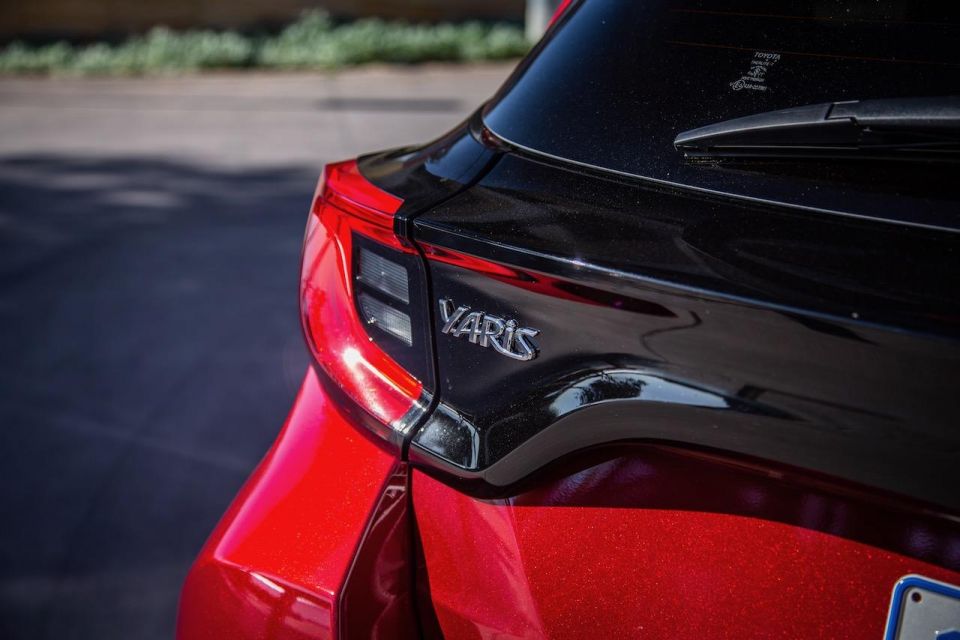
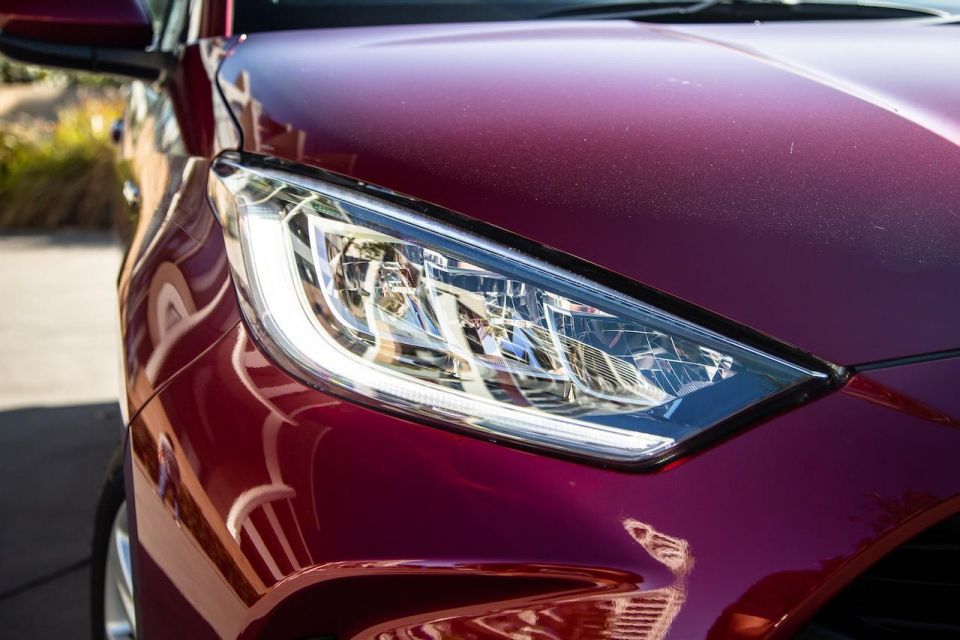
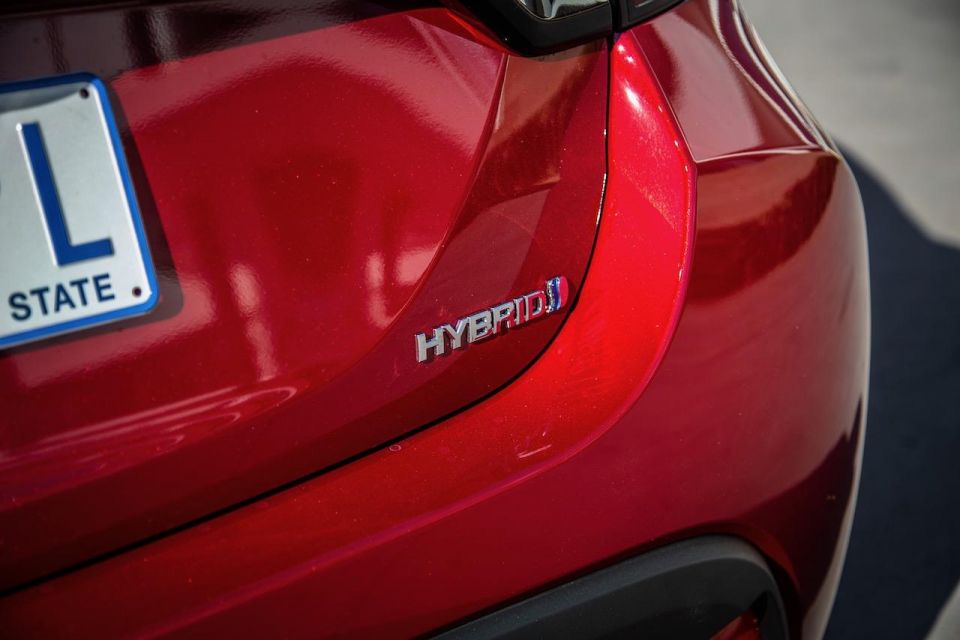
For the first time in Australia, the Yaris is offered with a hybrid system pairing a 1.5-litre petrol engine with a lithium-ion battery pack and a small electric motor for even lower fuel consumption and CO2 emissions.
But everything has a cost and with the Yaris, while it unquestionably moves the game forward, this new generation arrives with a fairly significant price hike.
For some on tighter budgets it may well prove a deal breaker, but for others it will be seen as an alternative to something like the Volkswagen Polo, but with Toyota’s enviable reputation for reliability and cheap running costs. Only time will tell.
Here’s the issue. Where the outgoing Yaris could be had for less than $16,000 drive-away, the new model kicks off from an unexpectedly high $22,130 before on-road costs – and that’s for a manual.
If you want the least expensive automatic, the Accent Sport CVT will set you back $23,630 before on-roads. The next rung up Yaris ladder is the SX CVT ($27,020 before on-roads), before jumping to the SX Hybrid ($29,020 before on-roads) tested here.
The top-spec ZR Hybrid is priced from an eye-watering $32,100 plus on-roads – just under the price of a top-shelf Volkswagen Polo GTI ($32,490 before on-roads).
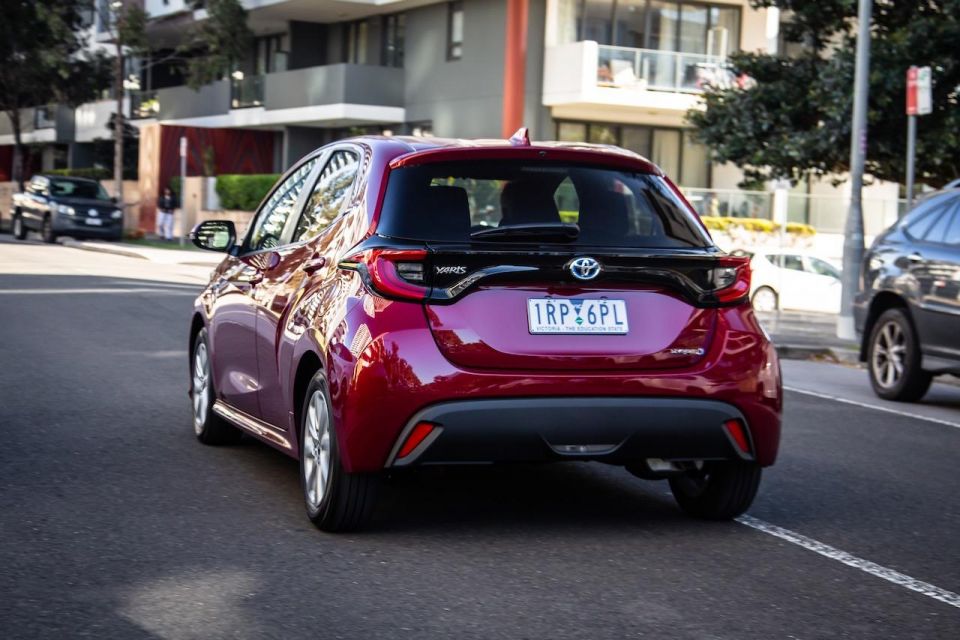
Some might find that quite extraordinary given the go-fast Polo also gets a 2.0-litre four-cylinder turbocharged petrol engine making 147kW of power and 320Nm of torque against the 85kW powertrain in the Yaris.
I’m not sure I’d like to be on the Toyota sales floor selling the new Yaris to punters familiar with competitors, especially against the likes of key players in the segment such as the Kia Rio, Mazda 2, and Suzuki Swift.
The Rio starts at just $17,490 before on-roads and tops out at $23,590 before on-roads for the 1.0-litre three-cylinder turbo GT-Line, while you can get into a Mazda 2 for as little as $20,990 before on-roads, or pay as much as $25,990 before on-roads for the range-topper.
Going straight to the top of the tree at Suzuki will bag you the Swift Sport in manual or auto for $26,990 and $28,990 before on-roads respectively. Even the range-topping Skoda Fabia 81TSI Monte Carlo wagon only costs $25,490 before on-roads.

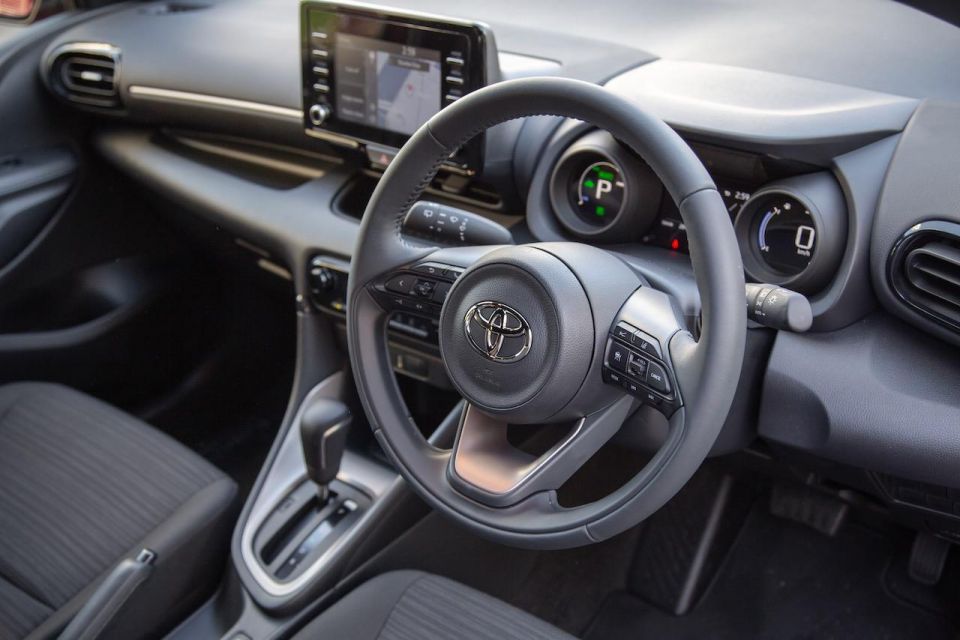
Closer to home, the Yaris is almost on par with the larger Corolla SX Hybrid on price, which in all honesty doesn’t quite add up. It’s food for thought, extra safety kit in the new Yaris notwithstanding.
Buy your new car without the stress. It's fast, simple and completely free.

Great service from Travis and team, second time I have used this business would not hesitate to recommend them to anyone
Craig C.
Purchased a Ford Ranger in Sunshine Coast, QLD
CarExpert helped Craig save $7,224 on his Ford Ranger, now let us save you on your next new car.
Get your BEST priceEven the entry-level Yaris gets a 7.0-inch touchscreen with Apple CarPlay and Android Auto, power-folding door mirrors, power windows, auto high beam, LED daytime running lights and tail lights, and eight airbags including a front-centre airbag preventing passengers from coming together in a crash.
Also included in standard Yaris inventory are key active safety systems such as autonomous emergency braking, turn assist, lane-keeping assist, rear cross-traffic alert, reversing camera, road sign assist, active cornering assist, and a secondary collision brake that prevents the vehicle from moving further after an accident if the front airbags have been deployed.

Our SX Hybrid enhances the Yaris further with features like 15-inch alloy wheels (replacing the steel wheels), keyless entry and start, climate control, a digital speedo, a soft-touch instrument panel, leather steering wheel, LED headlamps, privacy glass, silver trim highlights and satellite navigation.
What it misses out on are things like a head-up display, 16-inch alloy wheels, sports front seats, paddle-shifters on petrol models, piano black highlights and red trim on the dash and door trims. Oddly enough, blind-spot monitoring is only available on the top ZR trim.
The fourth-generation Yaris is yet to be crash tested by either ANCAP or Euro NCAP, but given it uses the same global architecture (GA-B) platform as the Corolla and C-HR, both of which have achieved a five-star safety score, you can bet the Yaris will be awarded the same.
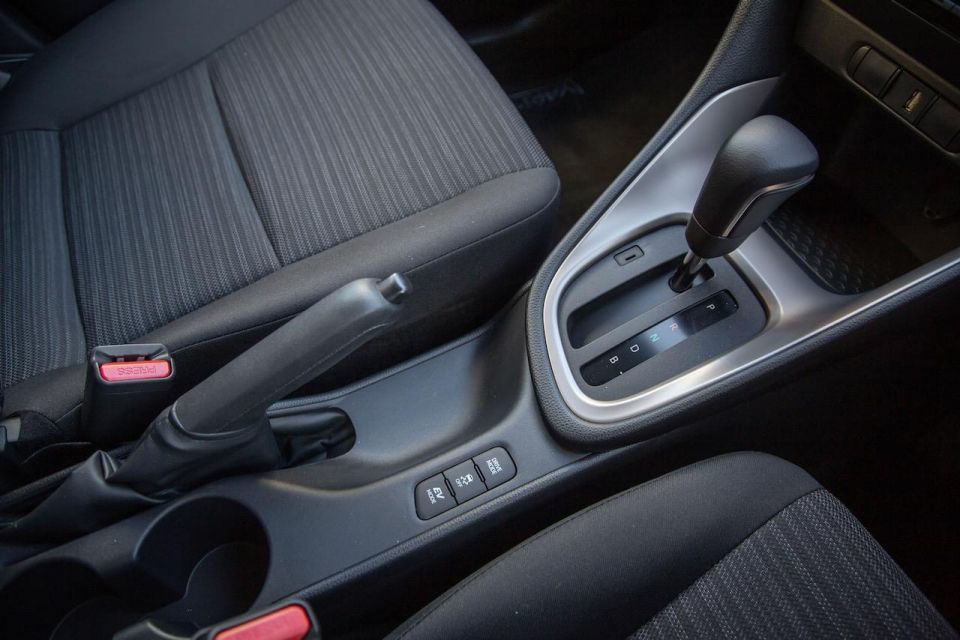
The standard-fit front-row centre airbags and intersection turn assist are both offered for the first time in a Toyota vehicle and principle to why the Yaris is being billed as the world’s safest compact car.
It’s also worth noting that Honda are discontinuing with the Jazz in Australia – meaning we won’t get the latest version available in Europe which also gets front centre airbags as part of its suite of safety technology.
It’s not just functional, it’s actually quite cool, especially the twin circular screens each side of the central digital instrument display. Come to think of it, the entire instrument cluster is digital and very easy to read.
There’s a fast-response touchscreen that seems larger than its 7.0-inch measurement. Either way, it’s front and centre with reasonable colour and clarity, and shortcut buttons either side.

There are lots of soft-touch materials, and even those that aren’t look and feel good to the touch. There’s some real pizzazz to this interior, and everything feels incredibly well screwed together.
There are USB ports and cupholders with room up front for wallets and phones, but no centre console box can be a bit of a nuisance if you need to hide stuff, which necessitates the use of the decent-sized glovebox on hand.
The front seats especially are comfortable and stylish (for the fabric used), providing decent lateral bolstering for when you get the urge to tuck the Yaris into a few bends. Not something you ever would have thought about in previous versions.
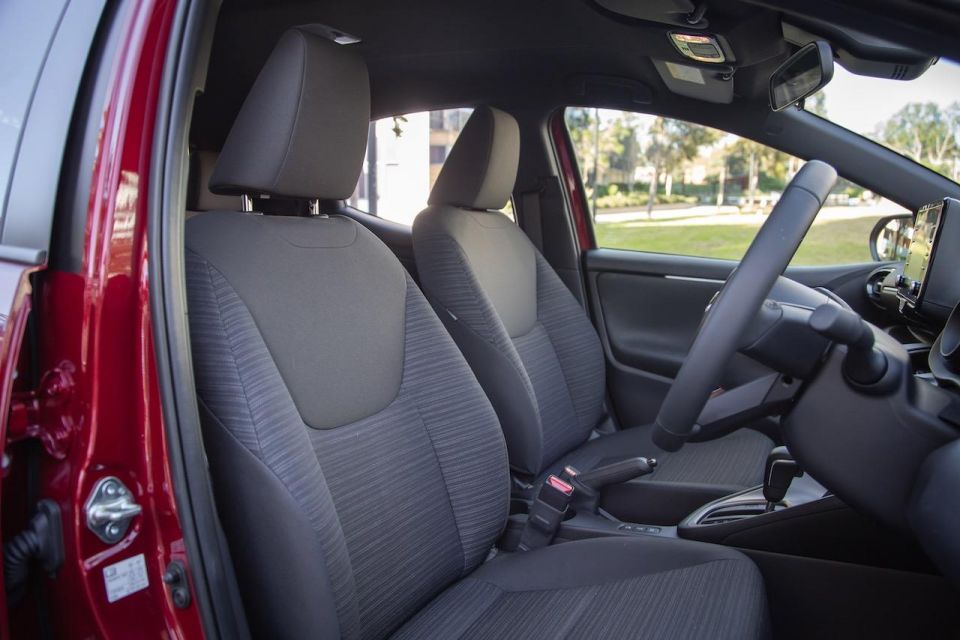

It might be five millimetres shorter than its predecessor, but the new Yaris is also 50mm wider and 40mm lower. Crucially, it’s got a 50mm longer wheelbase which translates into a roomier car inside.
Rear leg- and knee room is plentiful for my 175cm frame, but those above 182cm might find rear headroom lacking. The good news is there’s plenty of foot space under the front pews to house large boots.
The downside, though, is the relatively narrow aperture when climbing in through the rear doors. They don’t open wide to make it easy, and the tapered roof line necessitates passengers to lower then heads on entry – even at my height.
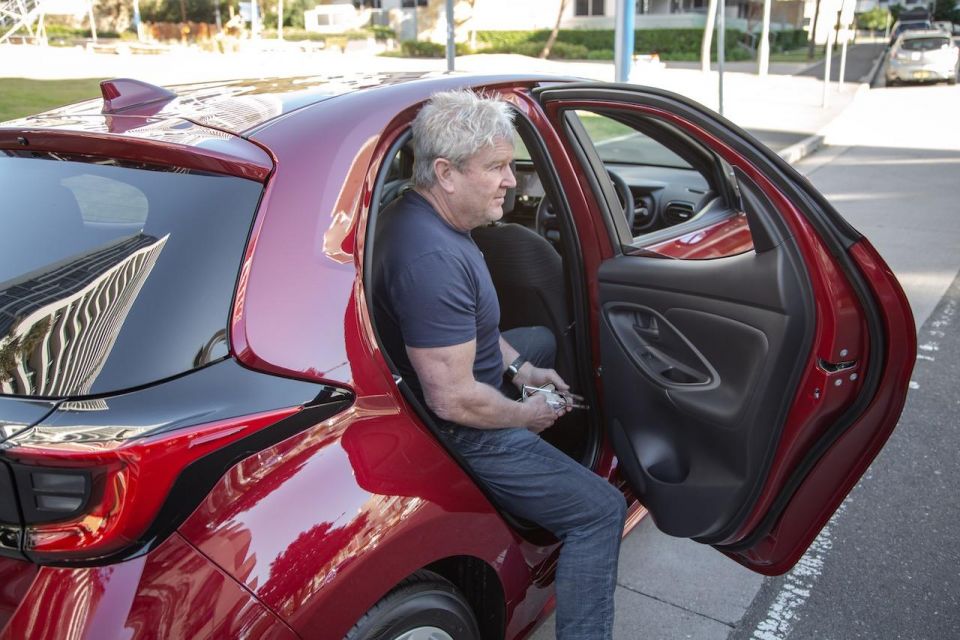
There’s no rear air vents for second row passengers, nor is there a centre armrest given the 60/40 split-fold seats back there.
Boot space is 270L, which might seem paltry against the Volkswagen Polo’s class-leading 351 litres, but for a family of two or three it proved more than sufficient. Better still, there’s a hidden floor that worked well for swallowing grocery bags and small boxes that were more effectively contained.
Beyond that, the second-row seats fold almost flat for carrying more gear or longer stuff such as skis or even a small mountain bike, as tested.
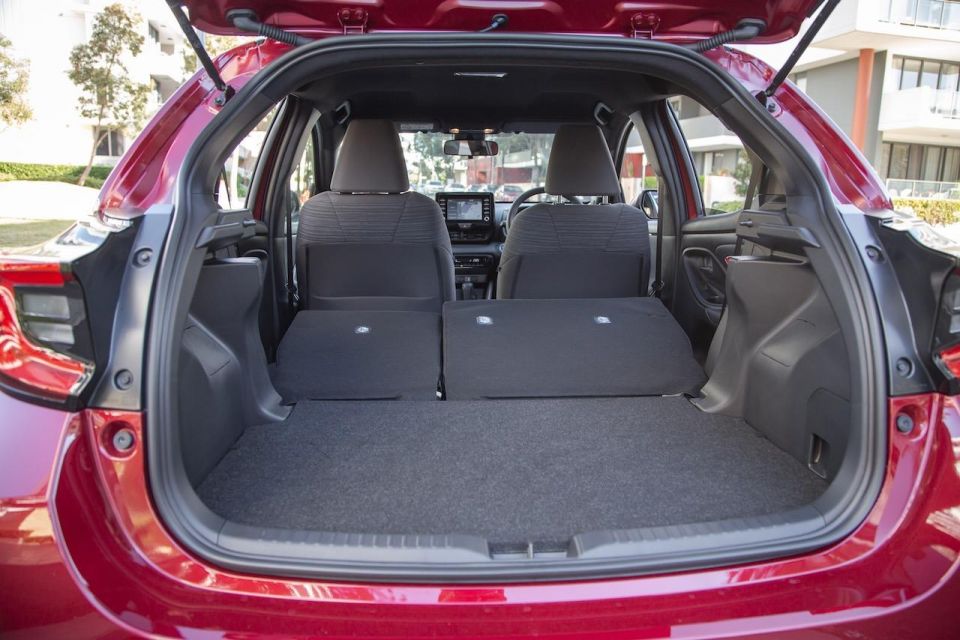
The 1.5-litre, three-cylinder petrol engine utilises the Atkinson cycle while running a high compression ratio of 14:1. It’s linked to a new electric motor generator and a compact 4.3 amp-hour lithium-ion battery to drive the front wheels through a standard CVT transmission.
Because the Yaris is a series hybrid, it doesn’t really have a meaningful electric-only range. Rather than needing to be plugged into the wall, the batteries are recharged through regenerative braking or via the electric motor generator.
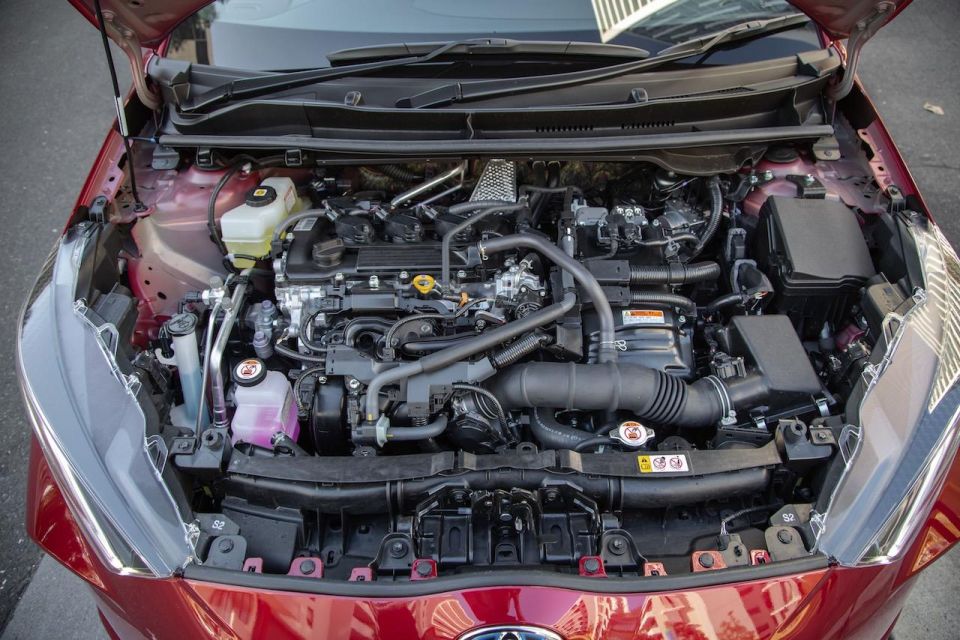
The battery pack itself is stored under the rear seats which not only allows for maximum boot space, but negates the need to have a dedicated cooling system thanks to the cooler air temperature of the cabin itself.
If you’re thinking of going the hybrid route with in the new Yaris to try and reduce your fuel bill ( try a claimed 2.8L/100km on the urban cycle) you’re going to be in for a pleasant surprise.
My expectations were low to begin with, and I hadn’t yet discovered the small row of buttons beside the old-school handbrake that included the drive mode control.
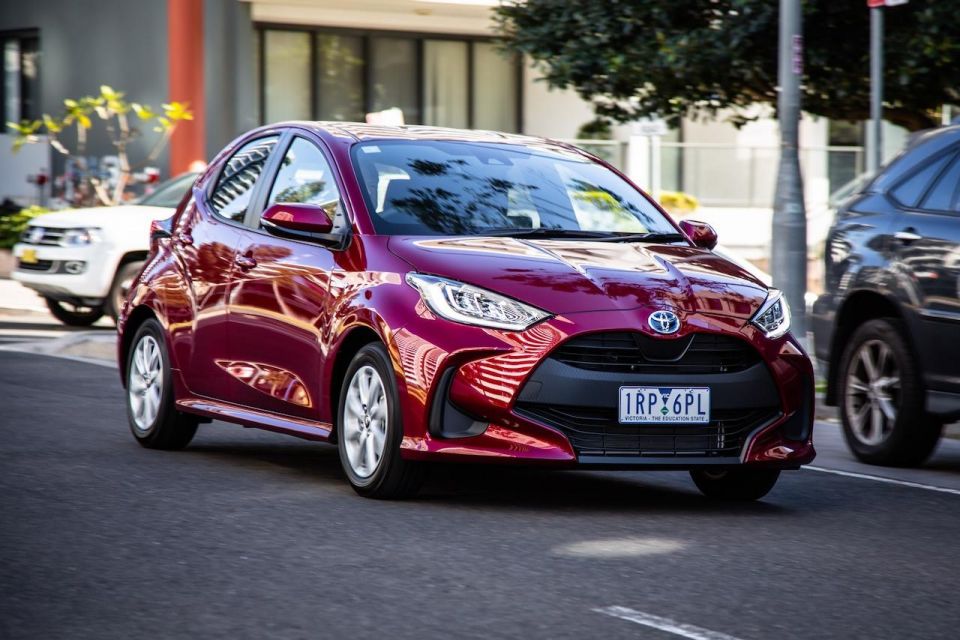
Where expert car reviews meet expert car buying – CarExpert gives you trusted advice, personalised service and real savings on your next new car.
Prod the throttle hard enough and the three-cylinder engine delivers a satisfyingly thrum matched with reasonable getaway speed to boot. But once I discovered the more responsive power mode and any thought of trying to match the hybrid’s urban consumption figure simply went out the window.
Forget about the 0-100km/h sprints in your Yaris Hybrid, it’s the 0-60km/h you need to focus on. The Yaris is surprisingly punchy off the line, which is great fun in the city, and can be used to catch unwary drivers napping at the lights.
The strong hybrid powertrain is only half of what the new Yaris Hybrid offers. Ride comfort is vastly improved with all manner of bumps, potholes, and broken roads absorbed by the Yaris’s more rigid body and revised suspension system including softer springs.
That stiffened-up chassis is responsible for the hybrid’s noticeably more agile handling with reduced body roll. Heaven forbid, this is a Yaris that urges you to push with more enthusiasm than you may have thought possible. Brakes seem strong, too, though it still pairs front discs with rear drums. Given the price hike it seems a bit rich.
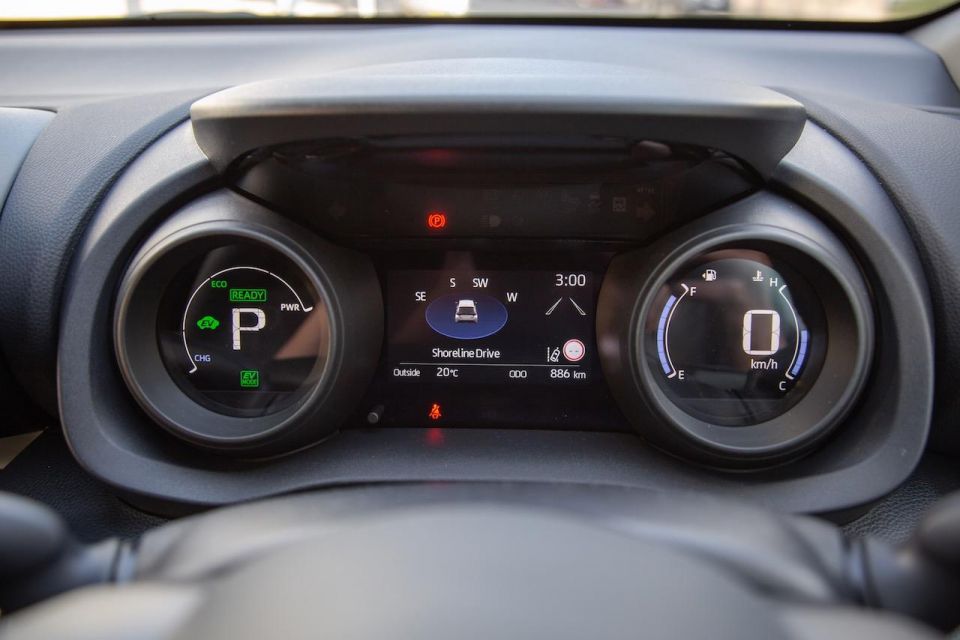
Oh, and my fuel consumption after two days of urban charging in the Yaris hybrid was 3.8L/100km – so I can say with confidence that achieving 2.8L/100km is not off the cards. Bear in mind the standard Yaris holds 40 litres of fuel, while the hybrid has a 36L capacity.
As with the wider Toyota range, the Yaris Hybrid is covered by a five-year, unlimited-kilometre warranty.
Service intervals are every 12 months with five annual services capped at $195 per visit over five years or 75,000km, whichever comes first.


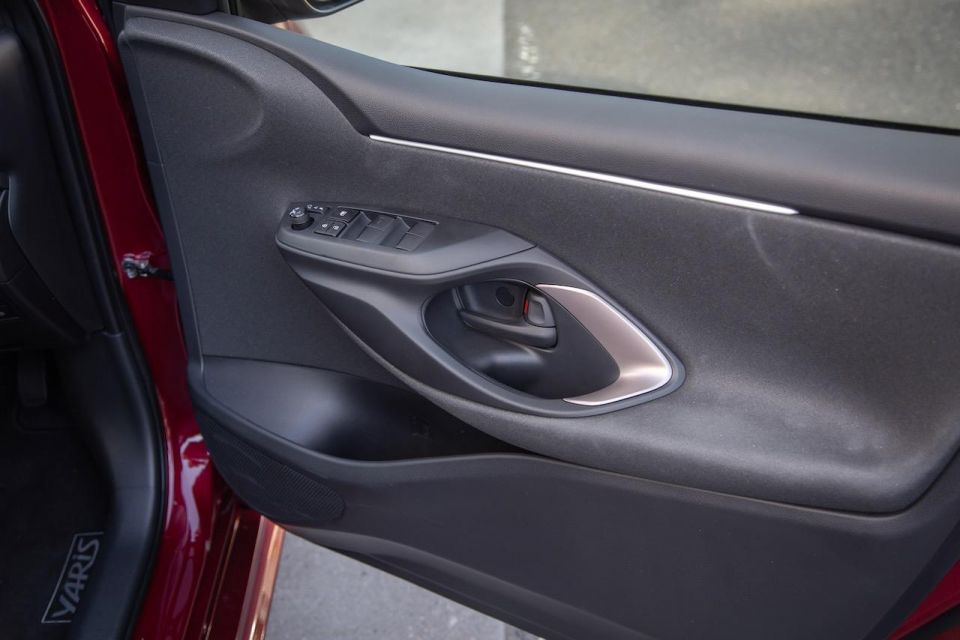
The standard Yaris service charges are slightly lower and capped at $170 for each of the five scheduled visits.
Buy your new car without the stress. It's fast, simple and completely free.

Great service from Travis and team, second time I have used this business would not hesitate to recommend them to anyone
Craig C.
Purchased a Ford Ranger in Sunshine Coast, QLD
CarExpert helped Craig save $7,224 on his Ford Ranger, now let us save you on your next new car.
Get your BEST priceThe fact you may never have considered a Toyota Yaris in the past is perfectly understandable. Who could blame you, it was nothing more than a toaster on wheels.
With the new one, Toyota has taken a new approach and built a car entirely worthy of consideration. It might be small, but the new Yaris feels more premium and drives more like a Euro hatch.
Make no mistake, pricing is going to be an issue. You’d be wise to test drive several other lower-priced alternatives, especially the Volkswagen Polo – or dare I say it, the Corolla.
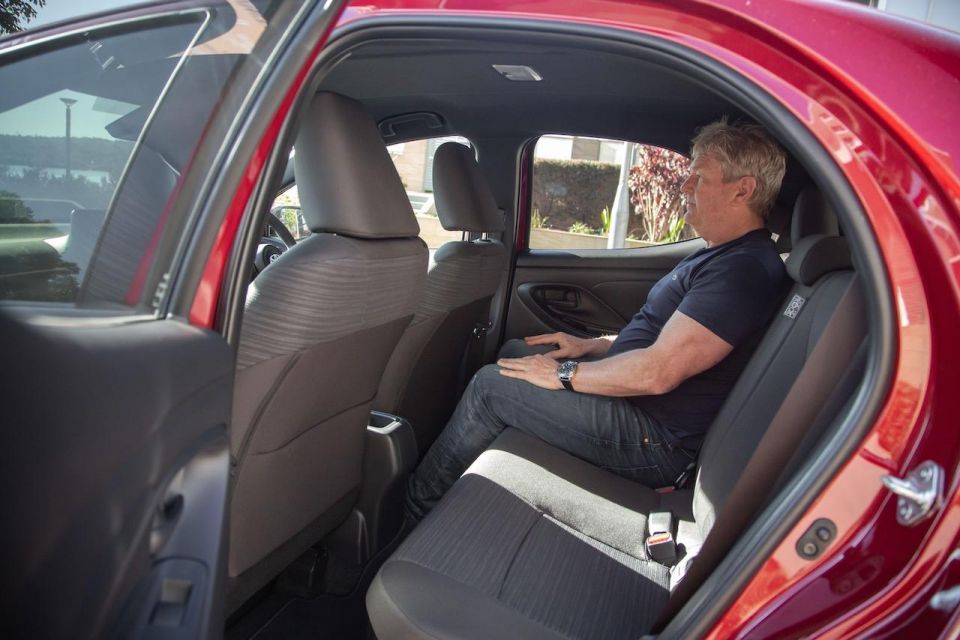
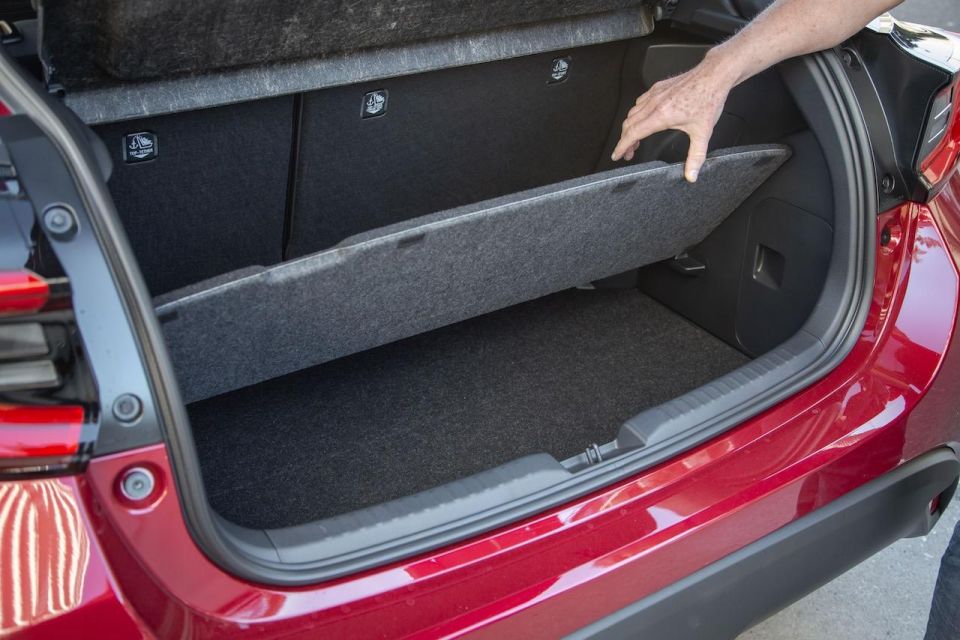
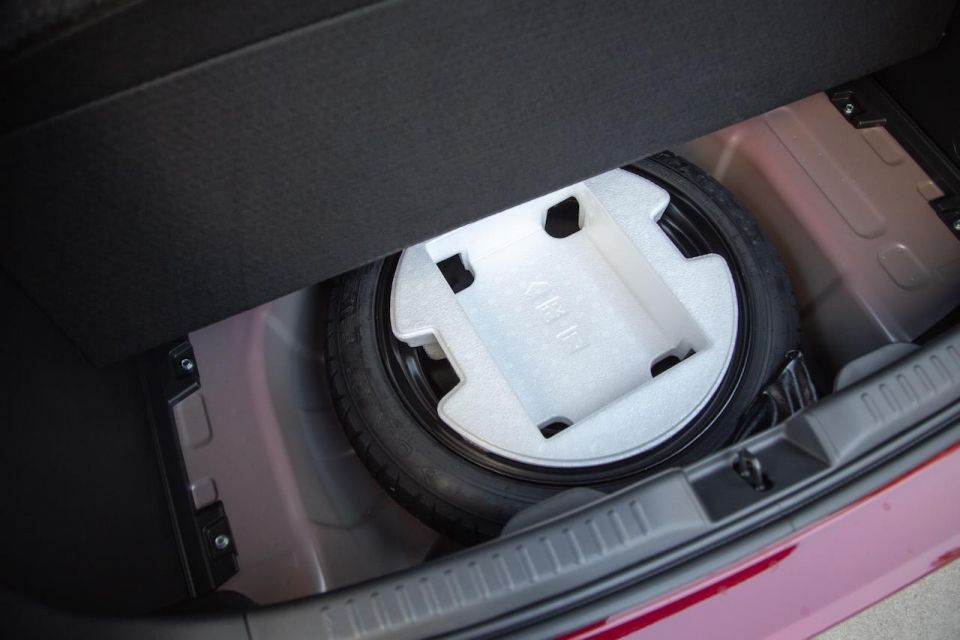
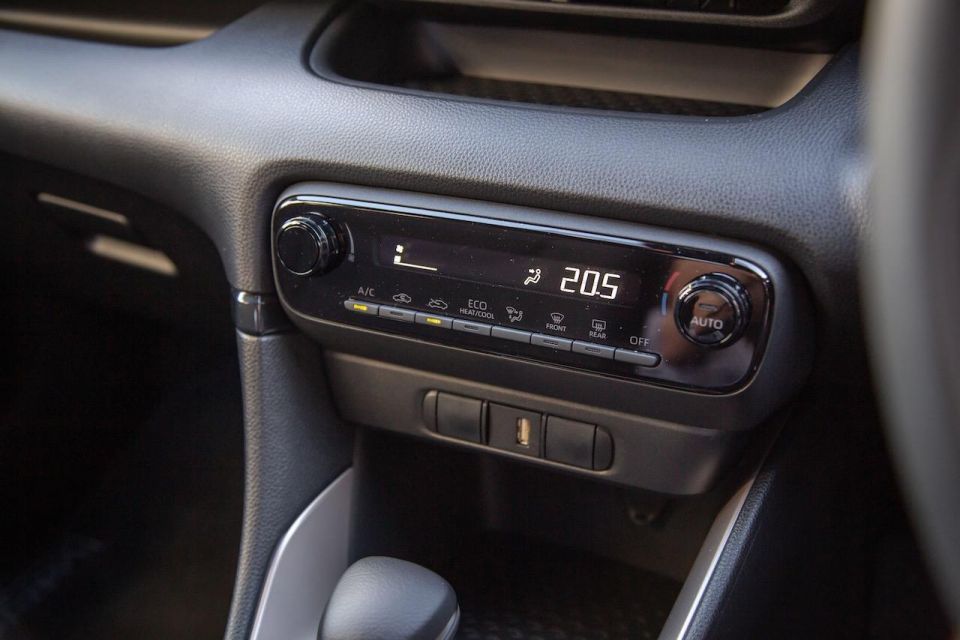
Better still, hold off making your short list until we’ve cycled through more Yaris variants and for a longer period to effectively find the sweet spot in the range.
And for what it’s worth, I’d like to see Atko knock out some lap times between the hybrid and the standard petrol engine Yaris. I’m just curious, you understand.
Where expert car reviews meet expert car buying – CarExpert gives you trusted advice, personalised service and real savings on your next new car.


Max Davies
5 Days Ago


Josh Nevett
4 Days Ago


Max Davies
4 Days Ago


Max Davies
2 Days Ago
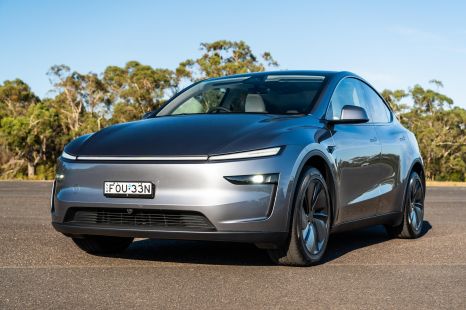

CarExpert.com.au
2 Days Ago


Damion Smy
2 Days Ago